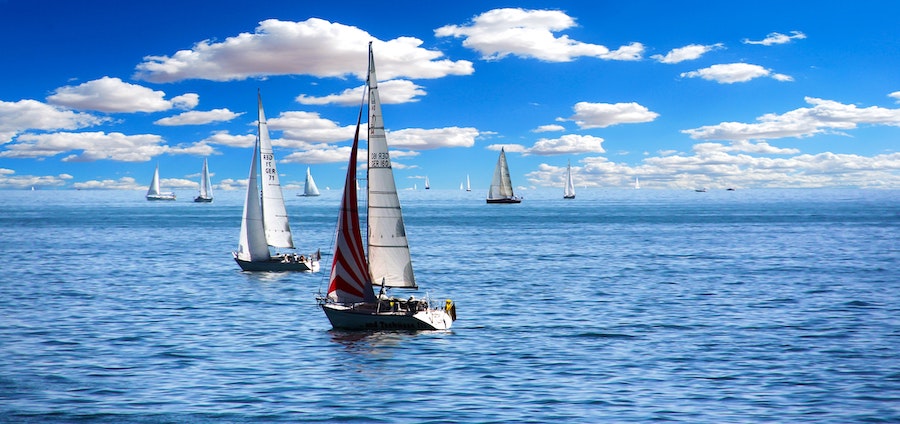
Sailing is an incredible sport that relies heavily on the science of wind, tides, and currents. Understanding these natural phenomena is essential to mastering the art of sailing and becoming a skilled sailor. Here’s a closer look at the science of sailing and how wind, tides, and currents impact a sailor’s experience on the water.
Wind
The wind is one of the most essential factors in sailing. It is the force that propels a boat forward and allows a sailor to control the direction and speed of the boat. Understanding the direction and speed of the wind is essential to successful sailing. Sailors must constantly monitor the wind direction and adjust their sails accordingly to maximize speed and efficiency.
Tides
Tides are the fall and rise of the sea level which are caused by the gravitational pull of the moon and the sun. Tides can have a significant impact on sailing, particularly when navigating through shallow waters or navigating through channels with strong currents. Understanding the tides is essential to avoiding groundings or other hazards.
Currents
Currents are the flow of water in a specific direction. They can be caused and happen for a variety of factors, including tides, wind, and temperature differences. Currents can impact a sailor’s speed and direction, making it essential to understand how they work. Currents can also impact the depth of the water, making it important to keep a close eye on the depth meter when sailing in areas with strong currents.
Conclusion
In conclusion, the science of sailing is complex and multifaceted, relying heavily on wind, tides, and currents. Understanding these natural phenomena is essential to successful sailing and becoming a skilled sailor. By mastering the science of sailing, sailors can take full advantage of the natural forces at play on the water and experience the thrill and beauty of sailing to its fullest extent.
